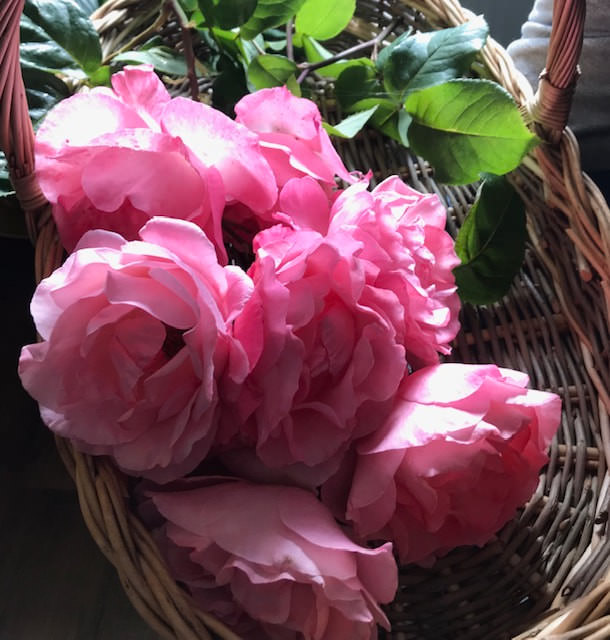
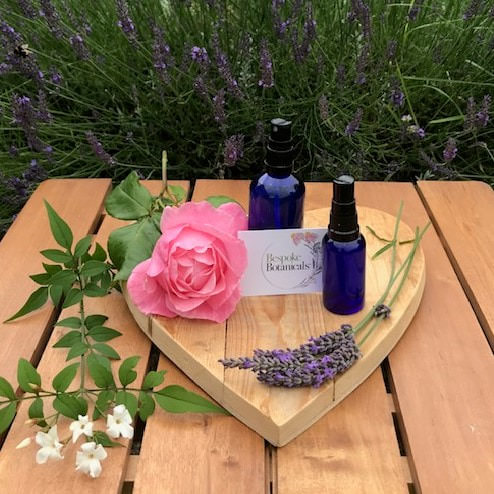
I mentioned in an earlier blog that I have been potion making since an early age. Rose water is such a beautiful thing to make, but my childhood efforts did tend to consist of rose petals which quickly went mouldy in a jam-jar of water! You can not begin to imagine my nerdy excitement as a student herbalist when I learnt it was possible to create an aromatic steam distilation (AKA a hydrosol) in your kitchen without any fancy apparatus. That doesn’t mean I don’t still dream of owning my own copper alembic one day, but as its unlikely to be a common item in people’s homes I’d love to share with you how you too can make your own homemade aromatic waters.
Aromatic waters are produced by the steam distillation of aromatic plants; as the steam passes through the plant matter the plant acids and volatile oils are carried into the steam which is then collected and condensed. In commercial preparations often the condensed water is allowed to cool and settle and essential oils rise to the top to be filtered out, this has led to some people thinking of hydrosols as simply a by-product of essential oil production, however, originally, (until the middle ages) the art of water distillation was used specifically to produce these precious aromatic waters and it was the essential oils that were discarded. Home distillation is unlikely to yield more than a miniscule amount of essential oils and these can simply be left suspended in the aromatic water making them even more fragrant and beneficial.
Hydrosols are much gentler than essential oils, and can be applied directly to the skin. The plant acids in the water have both a preservative and anti-inflammatory effect. They can be used as a facial spray or toner or incorporated into the water phase of a natural skin cream (more on that in my next blog)
How to make Rose Aromatic Water:
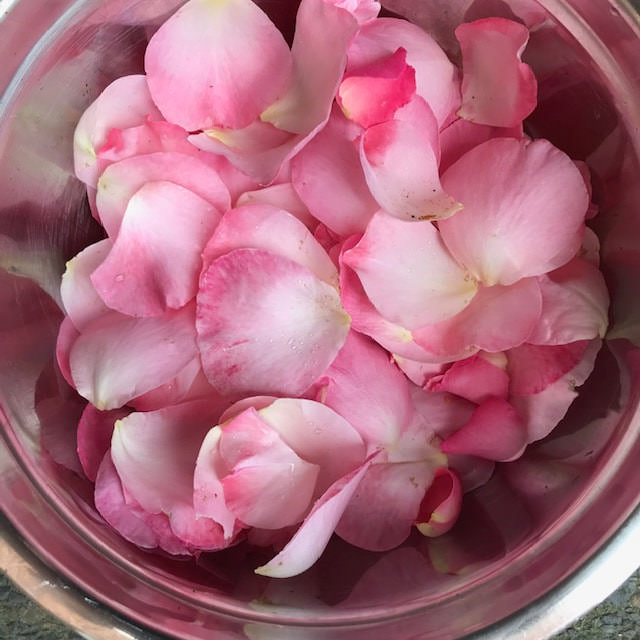

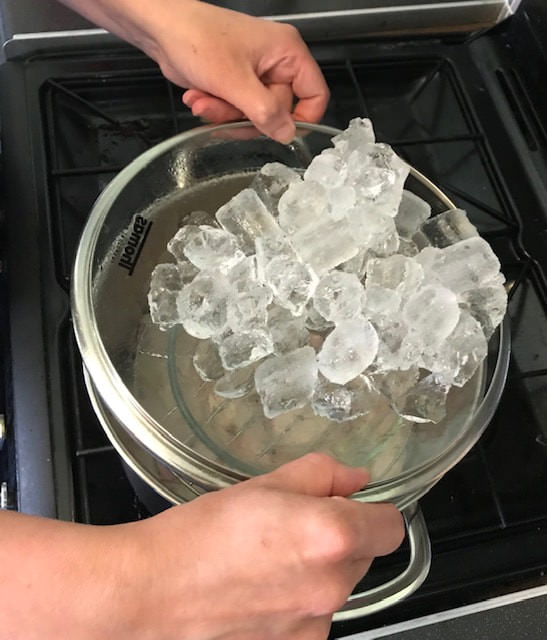
You will need:
250ml of filtered water (plus extra for topping up if required)
A few big handfuls of rose petals
Lots of ice cubes
A large saucepan with a lid that you can invert
A heatproof glass bowl that will fit inside the saucepan
Something to raise the glass bowl above the level of the water (eg a heatproof ramekin or I used a metal trivet stand)
Place your heatproof glass bowl raised up in the centre of your saucepan (this is going to collect the condensed steam) After picking your roses, and letting any bugs escape, separate the petals and put them in a saucepan. making sure they remain below the top of the bowl and add the filtered water. Place the inverted lid on top of the pan and bring the water to a gentle boil.
Once the water is boiling put your ice cubes on the top of the inverted lid. Its a lot less messy if you put them in a heatproof zip-lock bag so that you can easily empty the bag and refill it with more ice as it melts, however if you don’t have one you can carefully tip the melted ice down the sink and replace with fresh (making sure you don’t let too much precious steam escape in the process)
If you watch carefully you can see the steam collecting on the chilled lid and dripping into the collecting bowl.
Continue this process for about 25-30 mins, keeping an eye on the water levels throughout and topping up if necessary.
After 30 mins allow the pan to cool and remove the bowl of aromatic water. Store the rose water in a coloured glass bottle to extend its shelf life. It smells divine!
References:
James Green The Herbal Medicine Maker’s Handbook. A Home Manual Crossing Press, 2000
Jeanne Rose. The Aromatic Plant Project. www.aromaticplantproject.com
Suzanne Catty. Hydrosols: The Next Aromatherapy (Rochester, VT: Healing Arts Press, 2001), 10

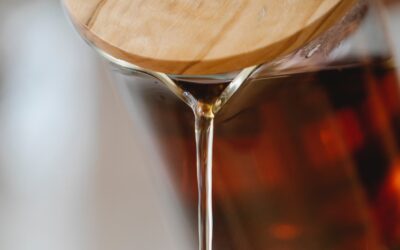
0 Comments